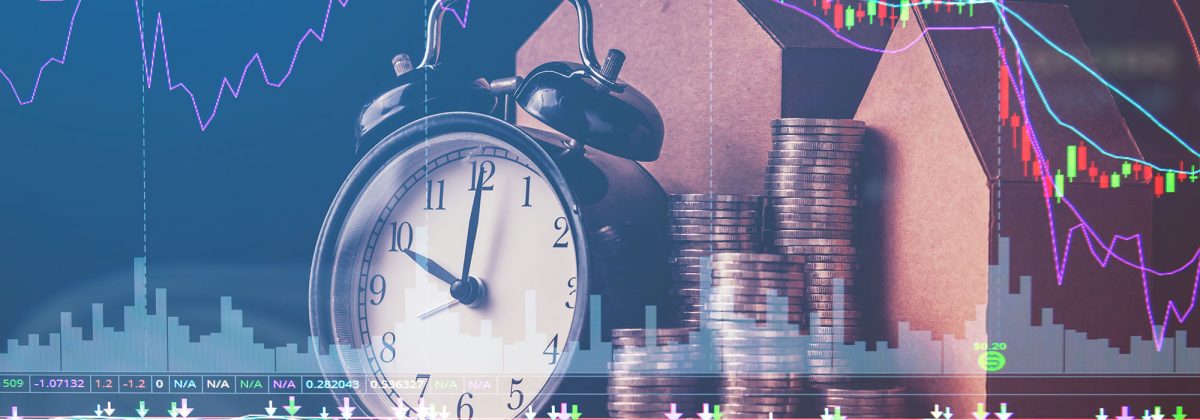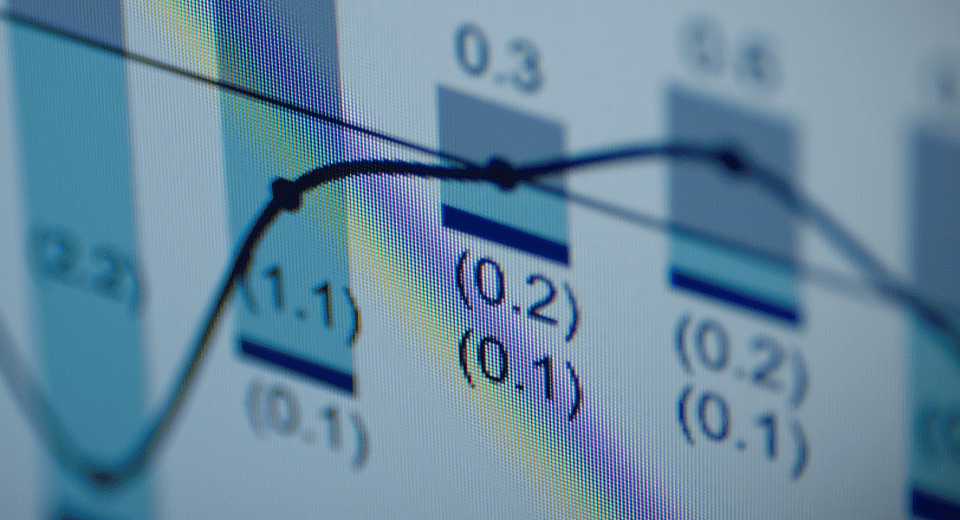The forex market runs through the usual business hours of four different time zones in the world, which means that trading happens all day and night, for five days a week. That said; how and when you trade matters. For example, many expert traders say that range trading European currencies in the “off-hours” of 2 pm-6 am EST have given better trading results than trading the same currencies in the volatile 6 am-2 pm EST period.
In short, currencies perform differently at various time periods of the day. So, let’s delve deeper.
The Major Forex Trading Sessions
The forex market has 15 independent global exchanges, open five days a week, with unique trading hours. Four major market sessions operate throughout the day, from a trading perspective:
- London (3 am to 12 noon EST): London, the trading capital of the world and a global financial hub, roughly accounts for 34% of all forex trading activities. The Bank of England, which is responsible for the UK’s monetary policy, is situated in London, which means that the city has a tremendous impact on currency price movements.
- New York (8 am to 5 pm EST): Activities in the New York Stock Exchange (NYSE) can impact USD values. The US Dollar is the world’s reserve currency and New York is the second largest forex hub in the world.
- Tokyo (7 pm to 4 am EST): The Tokyo Exchange accounts for a major portion of Asian currency trading, a little more than Singapore and Hong Kong. The Bank of Japan has a huge influence on trading activity in this region. The USD/JPY is a valuable asset to trade in this session.
- Sydney (5 am to 2 am EST): The trading session for the day officially begins here. Therefore, the Sydney session sees a lot of initial action, when it re-opens on Monday, after a long break since Friday afternoon.
The best hours to trade are when the markets are the most active. This is when more than one market is functioning simultaneously. During these times there are large number of buyers and sellers, increasing market liquidity. The chances of trades getting closed at desired prices are greater during these periods.
Overlapping Market Hours
Overlapping market sessions result in high price ranges, which means greater opportunities for traders. The bid and ask prices of one forex exchange affects the other open exchanges, increasing volatility while tightening market spreads.
Tokyo-London Overlap (3 am to 4 am EST)
The Asian session is in full swing until the afternoon, but after that, things are calmer. During the afternoon, European traders start leaving their offices, which leads to lower liquidity. Most US traders won’t even be awake at this time. So, this session sees the least amount of action.
But, this session could be advantageous for range traders, who buy oversold currencies near support levels and sell overbought currencies near resistance levels. Support and resistance lines remain stable during less volatile periods.
Sydney-Tokyo Overlap (2 am to 4 am EST)
EUR/JPY is the pair that gets majorly impacted during this session. Moderate volatility levels ensure that trading is not totally lulled out.
New York-London Overlap (8 am to 12 noon EST)
The busiest trading session, this involves two of the biggest financial centres. It is here that some of the biggest pip fluctuations can be seen, especially when economic releases from the US and Canada roll out. The EUR/USD pair is the major asset of choice in this session. More than 70% of all trades are closed here, and high volatility levels mean plenty of opportunities for short-term traders. For day traders, this could prove to be a good time to trade breakouts and trends.
From 5 pm to 6 pm EST, only the Singapore exchange operates, which accounts for less than 10% of the global forex trading volume. This period is usually considered the least productive, unless an unexpected news or crisis event pushes volatility levels up.
Release of Economic Data
Along with market overlaps, it is critical to keep an eye on news releases too. Around the times that key economic indicators are released, domestic currencies tend to see a period of increased volatility. Even a slow trading period can get highly active. Some of the important indicators to look out for are:
- Consumer Price Index (CPI)
- Central Bank Meetings
- Employment Reports
- Trade Balances
- Retail Consumer Data
- Consumer Consumption
Things to Consider
The best hours for trading don’t always result in favourable trades. It is important to not over-leverage your trades and to take appropriate risk management measures, such as using stop-loss and take-profit functions. New traders should consider using a demo account, before starting out in the highly volatile overlap sessions.
Due to a concept called daylight savings time, trading hours change, depending on which month of the year we are in. For example, in 2019, US citizens set their clocks forward by an hour from March 10, 2019. So, if you are dealing with US traders, this is important to remember.
Lastly, technical indicators can help determine periods of intense and low volatility, irrespective of trading sessions. Use them to make informed decisions.
Reference Links





